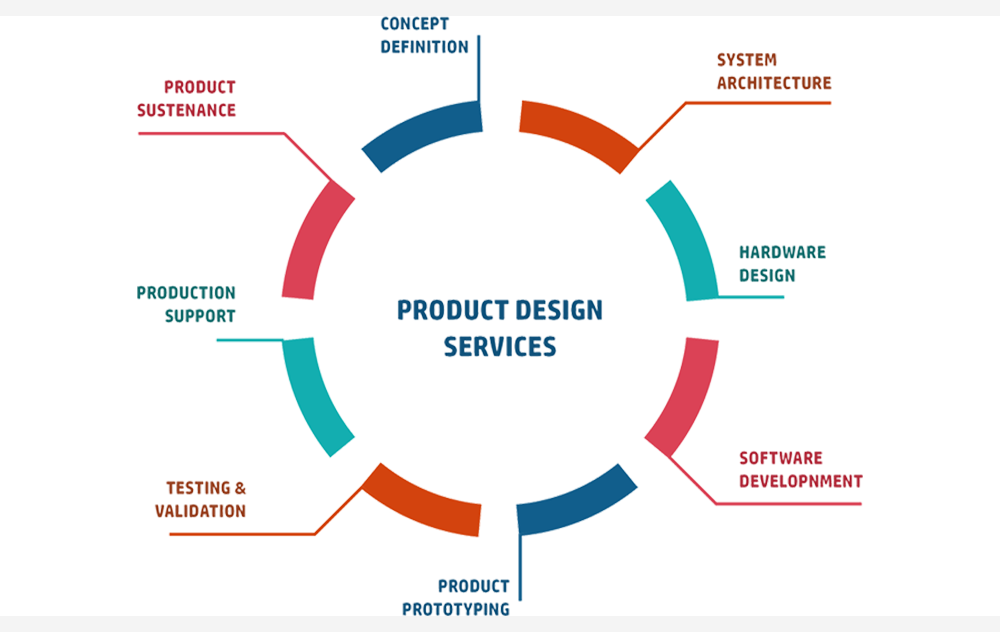In an increasingly dynamic market, the importance of user feedback in product design has often been more evident. Designers and manufacturers now find themselves at a critical crossroads where traditional top-down approaches are rapidly being replaced by more cooperative and inclusive methods. Adopting user feedback is not merely a fashion; it is becoming a fundamental practice that transforms the very essence of how we create products that resonate with actual needs.
As we look towards the future of product design and manufacturing, the incorporation of user insights will not only enhance the capabilities and aesthetics of products but also foster a deeper connection between makers and users. This collaborative design approach amplifies the user's voice, ensuring that products are not developed in isolation but rather in a shared space where creativity thrives on collaboration. By recognizing and incorporating user feedback, designers can create solutions that are not only innovative but also truly in harmony with the desires and needs of the end-users.
The Value of User Feedback
User feedback is a vital element of successful product design. By directly interacting with users, designers can gather critical insights into how a product is employed in actual situations. This knowledge allows designers to pinpoint pain points , desires, and necessary functionalities that might not be clear through traditional research methods. Incorporating user feedback helps ensure that the final product corresponds to the needs and desires of its proposed audience.
Moreover, responses fosters a sense of community and collaboration between designers and users. When users believe their views are appreciated , they are more likely to contribute to the design process. This participatory approach can lead to increased loyalty and advocacy for the brand, as customers become invested in the success of a product that embodies their input . Therefore , embracing user feedback not only improves product design but also fortifies customer relationships.

In the rapidly evolving landscape of product design and manufacturing, staying responsive to user feedback is crucial for innovation . As market demands and technologies change, products must adapt accordingly . Continuous feedback loops allow designers to quickly refine , adapting to user needs while keeping relevance in crowded markets. By emphasizing user input, companies can develop a flexible and dynamic design strategy, guaranteeing their products remain at the cutting edge of their industries.
Converting Perceptions towards Creative Solutions
The process of turning user insights to efficient product design is essential in today’s market. This transition starts with obtaining meaningful feedback from users who connect with products. Through forms, discussions, and observations, designers can capture valuable data that captures user wants, challenges, and expectations. By comprehending these findings, designers can ensure that their products are not only practical but also connect with users on a more significant level.
Once data have been obtained, the next step is to review and understand this data to identify key trends and trends. This review allows designers to highlight the most significant user needs and needed features. By emphasizing these findings, product teams can establish a distinct direction for design iterations. Engaging in participatory workshops with multi-disciplinary teams, including marketing and development, can enhance this process and lead to creative solutions that authentically cater to user demands.
Finally, the cyclical design process can be implemented, turning user feedback into real design prototypes. Prototyping becomes a crucial tool during this step, allowing designers to create drafts that include user perspectives. Functionality testing with real users provides an occasion for more refinement and validation, ensuring that the ultimate product meets user needs. This loop of gathering feedback, developing, and assessing fosters a culture of ongoing improvement, ultimately leading to products that not only fulfill market needs but also improve user approval and commitment.
Executing Participatory Designing Practices
To effectively implement collaborative design methods, organizations must begin by nurturing a culture of collaboration. This includes developing environments where stakeholders feel safe expressing their perspectives and stories. Workshops, focus groups, and collaborative creation sessions can promote honest communication between creators and stakeholders. When participants are genuinely involved and see their contributions valued, they are more likely to share real feedback that can guide the design process. Establishing a schedule of regular user engagement aids incorporate varied ideas into design development, resulting in outcomes that connect with actual requirements.
Technology plays a crucial role in facilitating inclusive designing. With resources such as web-based polls, interactive prototypes, and digital collaboration platforms, creators can collect user responses swiftly. These tools not only make it easier to get to a larger audience but also allow for real-time adjustments to solutions based on user responses. By utilizing these tools, organizations can conduct cyclical assessments, improving products consistently and ensuring they meet with participant expectations. This iterative strategy supports mitigate challenges and enhances the total participant journey.
Ultimately, it is important to evaluate the effect of user responses on the designing methodology. Firms should monitor how participant feedback transform into designing decisions and outcome performances. By analyzing user experience and product performance post-launch, firms can detect areas for enhancement and authenticate the success of their inclusive designing practices. Recording these learnings creates a response cycle that shapes subsequent designing initiatives, eventually leading to a more user-oriented method that highlights user needs and wants in design development.
